Whether you’re an architect, student, or just love good design, these books open up the world of buildings and spaces in exciting ways. We’ve picked titles that make you think differently about architecture – from how cities evolve to what makes a space truly special. Some are classic must-reads, others are hidden gems you might not have discovered yet.
Some of these are classics that never get old, others are fresh takes that made me look at a sidewalk or skyscraper differently the next day. There’s practical stuff for when you need solutions, poetic ones for when you need inspiration, and a few wild cards that surprise you.
1. Ten Books on Architecture by Vitruvius (Author)
The only surviving architectural treatise from antiquity, Vitruvius’s work laid the foundation for Renaissance architecture. He explores principles like symmetry, harmony, and proportion, along with practical guides for designing spaces—from temples to theaters. Many of his ideas remain relevant today, making this a timeless reference for fundamental questions in architecture.
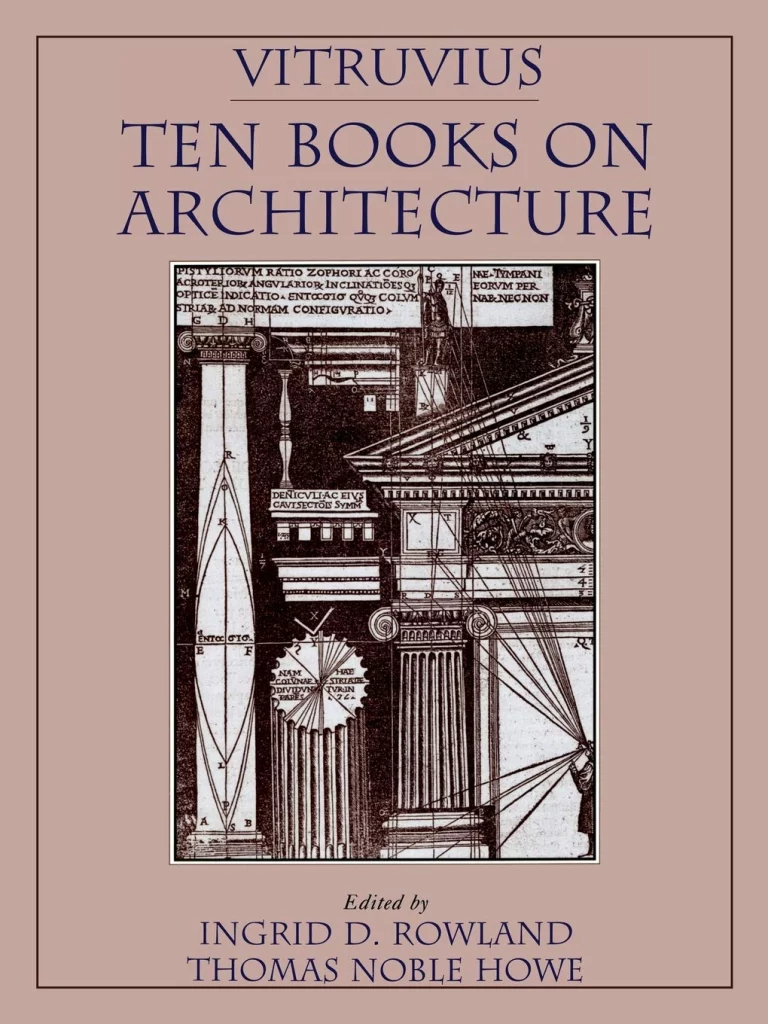
2. Ten Canonical Buildings by Peter Eisenman (Author)
Eisenman asks: Which 10 buildings define 20th-century architecture? Instead of iconic landmarks (like the Sydney Opera House), he selects structures that critique past conventions and influence future design. His analysis relies heavily on cinematic drawings—skip the dense intro, and let the diagrams speak for themselves. A must-read for understanding architectural critique.
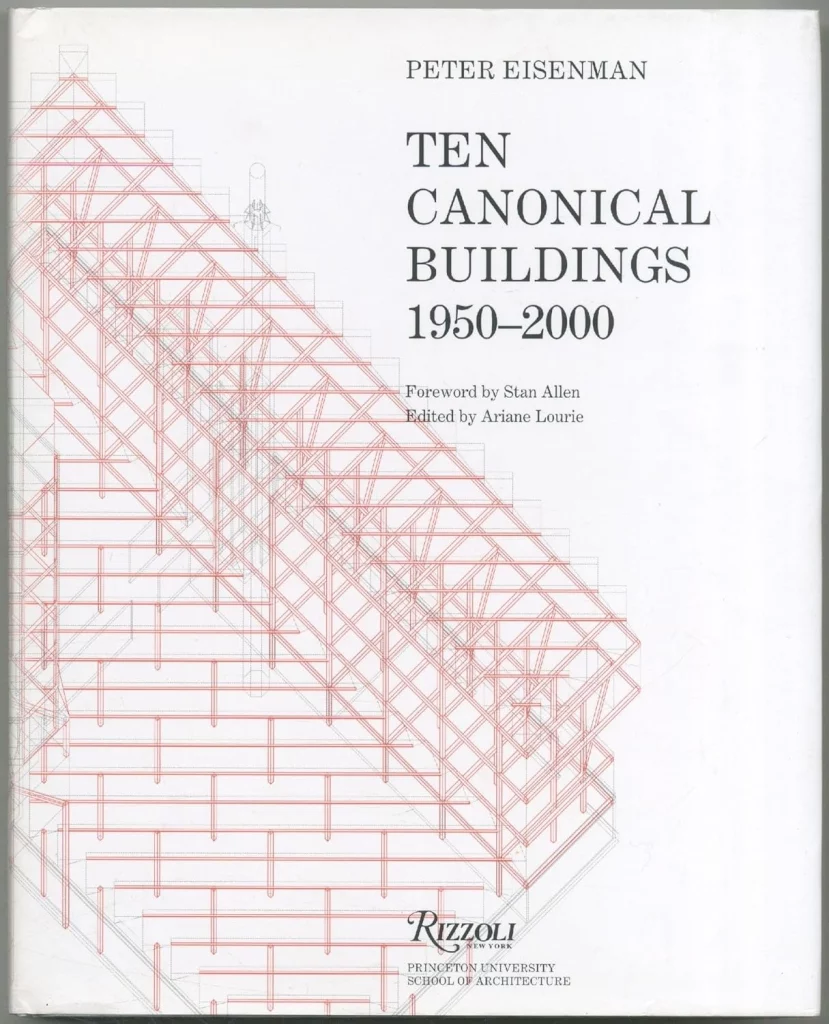
3. WORKING CITIES: Architecture, Place and Production by Howard Davis (Author)
“Working Cities: Architecture, Place and Production” explores the critical yet often overlooked role of production in urban life, arguing that contemporary Western cities—now dominated by consumption and commerce—must reclaim their historic identity as centers of material production. Through a blend of theory, historical analysis, and contemporary case studies, the book envisions a future where cities actively integrate food processing, manufacturing, and craft into their fabric, reshaping architecture and urban form in the process. Richly illustrated with archival and modern photographs, maps, and custom diagrams, it visually unpacks the relationship between space, industry, and urban development across different eras, offering both a compelling critique and practical strategies for reintegrating production into the life of the 21st-century city.
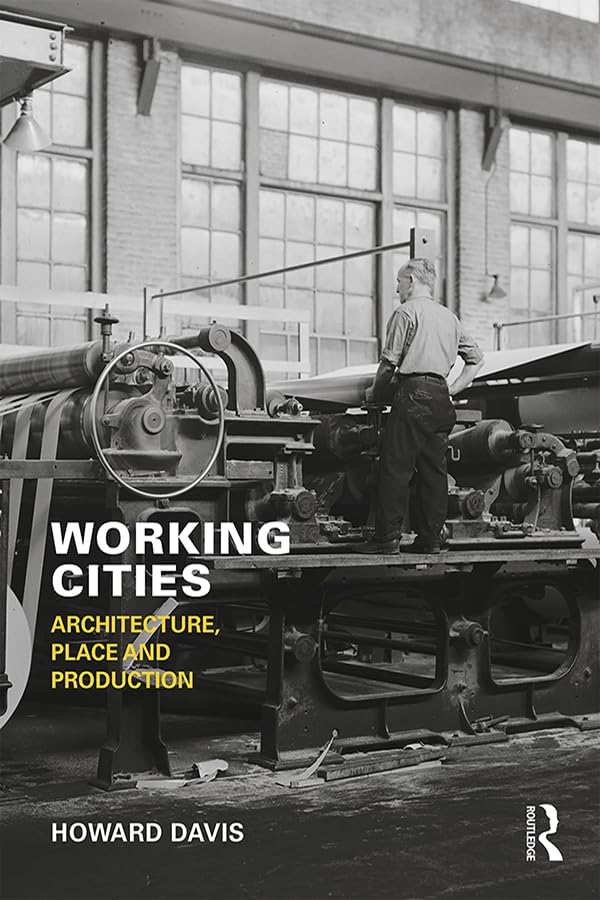
4. Sketching for Architecture and Interior Design by Stephanie Travis (Author)
“Sketching for Architecture + Interior Design” by Stephanie Travis bridges the gap between digital proficiency and freehand sketching in today’s design students, who often excel in computer-generated imagery but struggle with the foundational art of hand drawing. As technology dominates the field, this book reaffirms sketching as an irreplaceable tool for observation, creativity, and design development—whether for architecture, interiors, or products. Through 45 step-by-step exercises, Travis guides students from basic furniture forms to intricate cityscapes, covering essentials like perspective, shading, composition, and context, all illustrated with the author’s own exquisite sketches. More than a technical manual, this book champions sketching as a way of seeing: “To draw is to truly observe,” Travis writes, “unlocking creativity and sharpening the senses.” A must-have for students and aspiring designers, it transforms sketching from a daunting challenge into an inspiring practice.

5. The Eyes of the Skin by Juhani Pallasmaa (Author)
Pallasmaa argues that architecture prioritizes form while neglecting our multisensory experience of space. Atmosphere, texture, and sound shape our perception before we even notice details. If you’ve ever felt uninspired or stuck in visual-centric thinking, this book is a poetic wake-up call to embrace phenomenology in design.
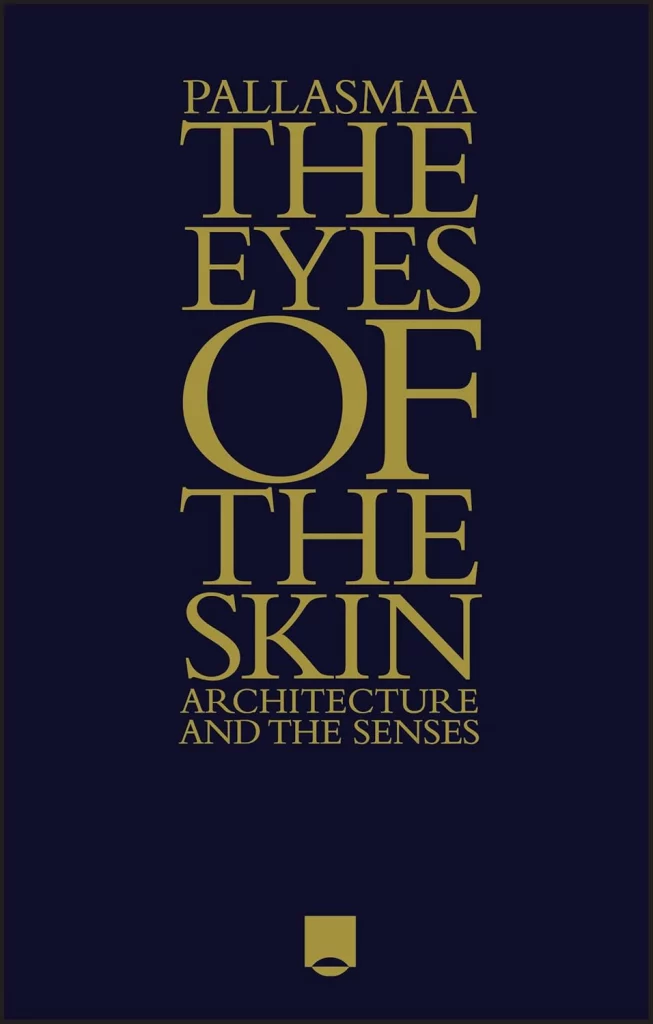
6. Modern Architecture: A Critical History by Kenneth Frampton (Author)
A cornerstone of architectural literature since 1980, Frampton’s survey traces modernism’s origins, evolution, and globalization. From cultural shifts in the 18th century to today’s “starchitect” phenomenon, this book is the definitive guide to understanding modern architecture’s complexities.
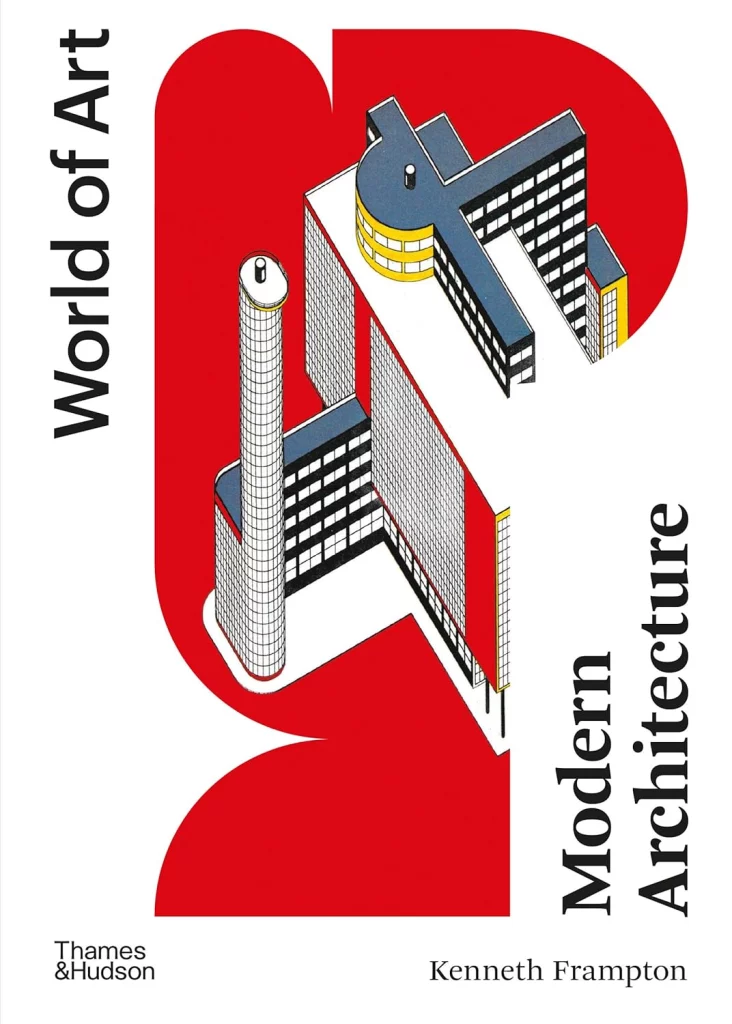
7. Architecture: Form, Space, and Order by Francis D.K. Ching (Author)
If you haven’t heard of this, are you even an architect? Often handed out on the first day of school, Ching’s book breaks down design fundamentals with stunning illustrations. It covers light, enclosure, circulation, and scale—essential tools for any designer. Even seasoned architects revisit it for clarity.
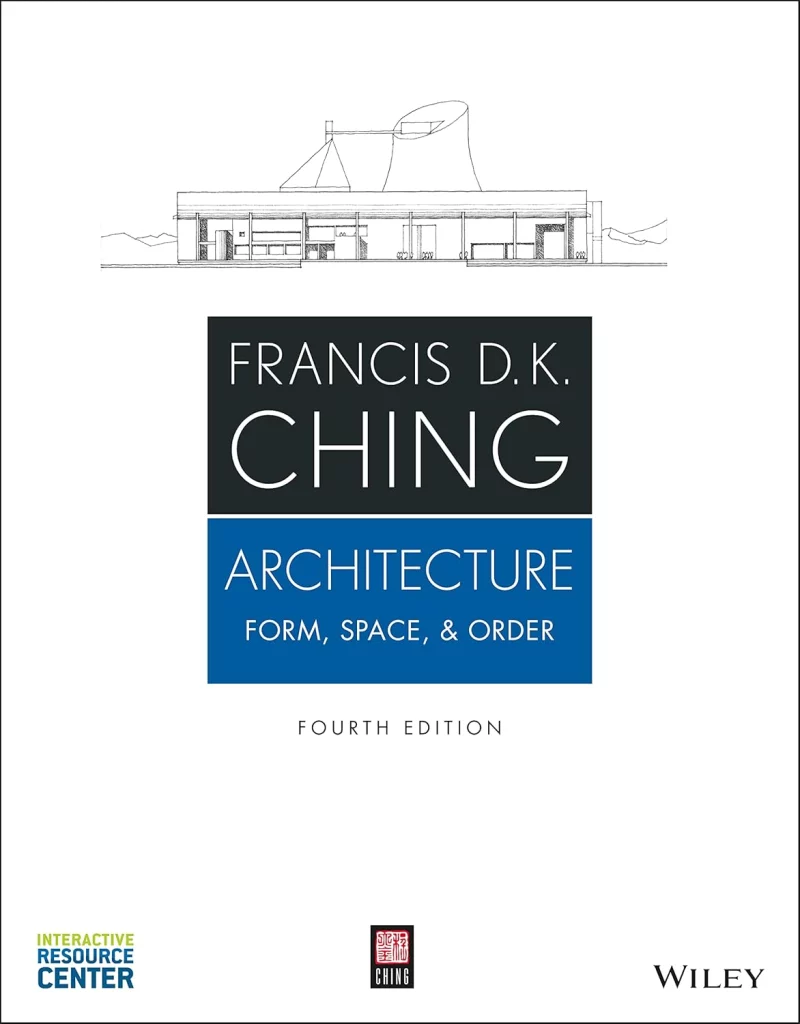
8. Precedents in Architecture by Roger Clark (Author)
One of my personal favorites! Clark analyzes 100+ buildings through diagrams, comparing historical and modern works via circulation, symmetry, and geometry. It’s like a cheat sheet for architectural analysis—perfect for students learning to think critically, not just copy drawings.
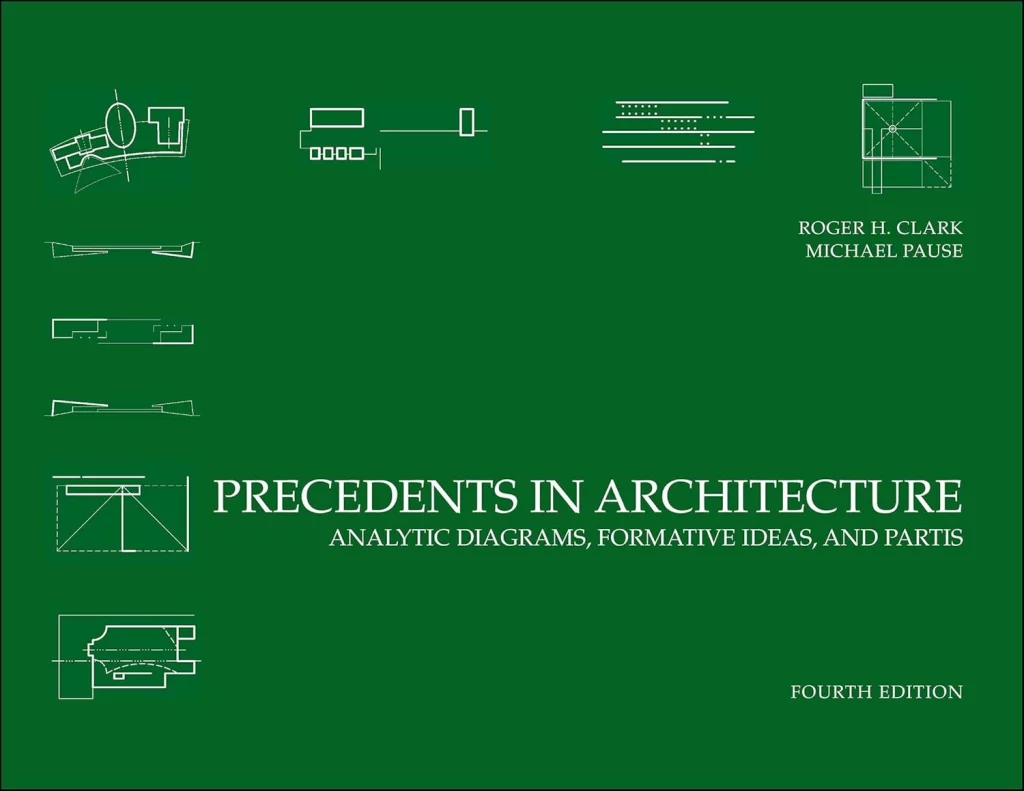
9. Learning from Las Vegas by Denise Scott Brown, Robert Venturi and Steven Izenour (Author)
A revolutionary critique of modernism, this book contrasts the “duck” (form follows function) with the “decorated shed” (symbolism over structure). Studying the Las Vegas Strip, the authors argue for architecture that communicates through signage and context. A rebellious gem that shaped postmodernism.
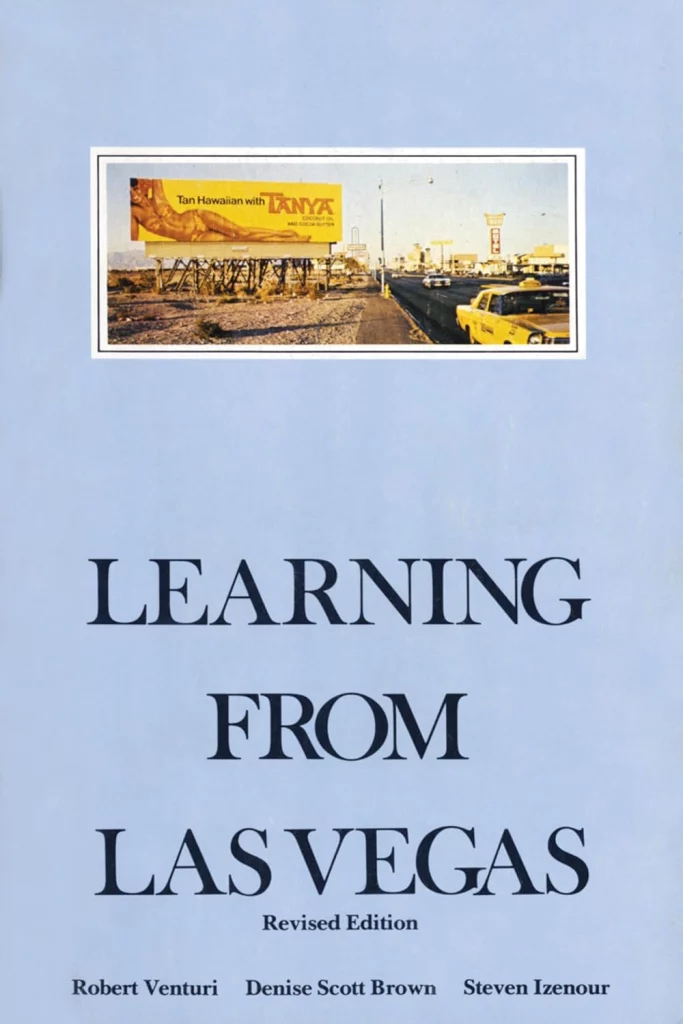
10. A Place in the Shade by Charles Correa (Author)
In A Place in the Shade, the legendary Indian architect Charles Correa presents a profound meditation on the forces shaping India’s urban landscape—from the intimate scale of the home to the vast, chaotic energy of its cities. With clarity and urgency, he argues that Indian cities are not just physical spaces but powerful instruments of social transformation, capable of uplifting or fracturing society. At the heart of his vision lies a call for architecture and urban planning that responds to India’s unique challenges: its climate, cultural diversity, and economic realities.
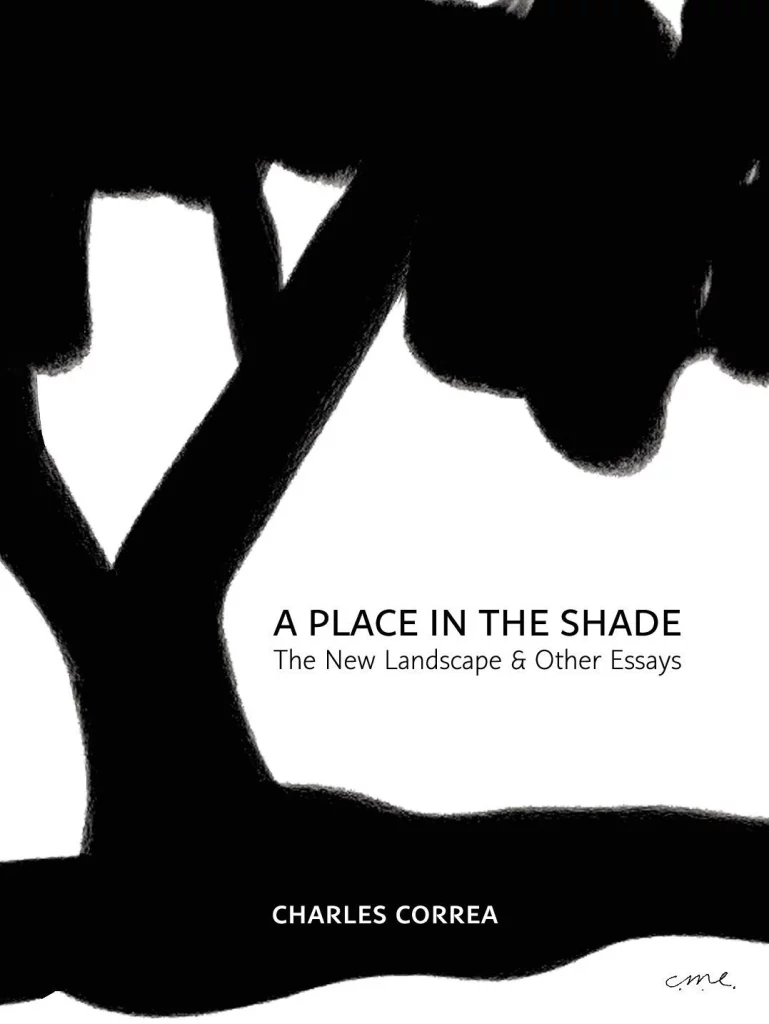
11. Path Uncharted by Balkrishna Doshi (Author)
“Paths Uncharted: Balkrishna Doshi” is a captivating exploration of the visionary Indian architect’s pioneering journey, chronicling how he redefined modern architecture through a deeply humanistic and culturally rooted approach. As the first Indian recipient of the Pritzker Prize, Doshi’s work masterfully bridges traditional wisdom with contemporary design, creating spaces that resonate with India’s climate, social fabric, and spiritual ethos. This book delves into his transformative projects—from the iconic Sangath studio to the revolutionary Aranya Low-Cost Housing—revealing how he championed sustainability, community, and affordability long before they became global imperatives. Through rich visuals, personal anecdotes, and critical essays, Paths Uncharted illuminates Doshi’s philosophy of “building for the people,” where architecture becomes a living, evolving entity shaped by its inhabitants. More than a retrospective, it serves as an inspiring manifesto for architects seeking to create meaningful, context-driven design in an increasingly homogenized world.

Whether you’re just starting your journey in architecture or have been designing for decades, the books on this list offer invaluable insights, inspiration, and tools to deepen your understanding of the built environment. From foundational texts and technical manuals to provocative critiques and cultural explorations, these titles reveal the many dimensions of architecture as both an art and a social force. Keep them close—not just on your shelf, but in your practice, your thinking, and your imagination. Great architecture begins with great ideas, and those often start with a good book.


















